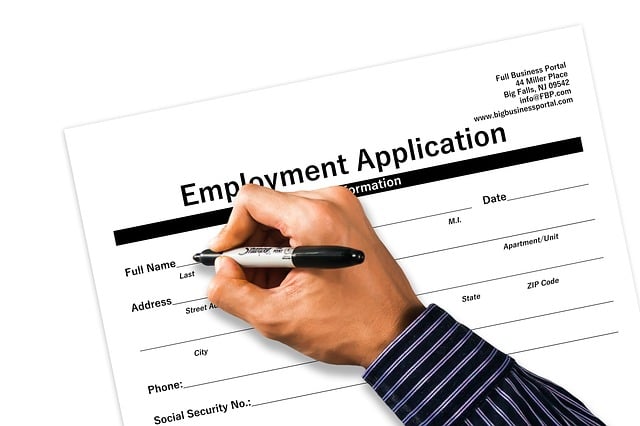Introduction
Throughout my career, I've come to appreciate the immense value of well-crafted job descriptions. They serve as the foundation upon which teams are built, expectations are set, and individuals find their roles in the vast landscape of the professional world. In this article, I'll delve into what a job description truly is, explore the reasons why we write them, and shed light on the characteristics that distinguish a good job description from the rest.
Understanding Job Descriptions
1. What Is a Job Description?
A job description is, at its core, a written document that outlines the roles, responsibilities, qualifications, and expectations associated with a particular job. It serves as a comprehensive guide, providing prospective employees with insights into what the role entails and what skills and qualifications are required.
2. The Human Touch in Job Descriptions
A job description isn't just a collection of tasks and qualifications; it's a reflection of a company's culture, values, and goals. Crafting it with a human touch is essential. It should convey not only the technical aspects of the job but also the essence of what it means to be a part of the team and contribute to the organization's success.
Also Read
· How to Write a Product Description
· Product Description Writer Jobs
Why Do We Write Job Descriptions?
3. The Purpose of Job Descriptions
Job descriptions serve several essential purposes:
a. Clarification: Job descriptions clarify the roles and responsibilities of a position, ensuring that everyone within the organization understands what is expected of the role.
b. Recruitment: They are invaluable tools in the recruitment process, helping attract candidates who possess the necessary qualifications and align with the company's values.
c. Evaluation: Job descriptions are used for performance evaluations, enabling managers to assess employees' contributions against established criteria.
d. Training: They provide a framework for onboarding and training, helping new employees understand their roles and responsibilities from day one.
e. Legal Protection: In some cases, job descriptions can serve as legal documents, defining the scope of work and expectations in case of disputes or conflicts.
Characteristics of a Good Job Description
4. What Makes a Job Description Effective?
Crafting a good job description is an art that requires careful consideration. Here are the characteristics that distinguish an effective job description:
a. Clarity: A good job description is clear and concise, leaving no room for ambiguity. It should provide a straightforward explanation of the role's responsibilities.
b. Specificity: It should outline specific duties and tasks associated with the job, allowing candidates to visualize what their day-to-day work would entail.
c. Inclusivity: Job descriptions should be inclusive, avoiding any language or requirements that may discriminate against candidates based on factors like age, gender, or race.
d. Realistic Expectations: They should set realistic expectations regarding qualifications and experience, ensuring that candidates meet the necessary criteria.
e. Alignment with Company Culture: A good job description should align with the company's culture and values, reflecting what it means to be a part of the organization.
f. Opportunity for Growth: It should convey opportunities for growth and development within the role, highlighting a clear career path for potential candidates.
g. Feedback Loop: Job descriptions should be adaptable and open to feedback from employees who are currently in the role. This feedback loop helps refine and improve the description over time.
h. Engagement: Engage the reader by emphasizing not only the technical aspects of the role but also the larger purpose and impact it carries within the organization.
i. Clarity on Application Process: Provide clear instructions on how candidates can apply for the position, including details on where and how to submit their applications.
5. My Experience with Job Descriptions
Throughout my career, I've encountered a myriad of job descriptions. Some left me inspired and eager to apply, while others left me with more questions than answers. The ones that stood out were those that went beyond the mundane lists of tasks and qualifications. They painted a vivid picture of the role, the team, and the organization's mission.
These exceptional job descriptions made me feel like I was already a part of something meaningful, even before I applied. They were more than documents; they were invitations to join a journey, contribute to a vision, and be a part of a dynamic team.
Conclusion
Job descriptions are the blueprints upon which organizations are built. Crafting them with care, clarity, and a human touch is essential to attracting the right talent and fostering a culture of engagement and growth. As someone who has experienced the impact of job descriptions firsthand, I can attest to their power to inspire, guide, and unite individuals in pursuit of common goals.
In a world where opportunities abound and individuals seek more than just a job—they seek a sense of purpose and belonging—a well-crafted job description can be the first step towards fulfilling careers and successful organizations. So, whether you're a hiring manager, a job seeker, or simply someone who values the human element in the workplace, remember the significance of job descriptions in shaping the future of work.

